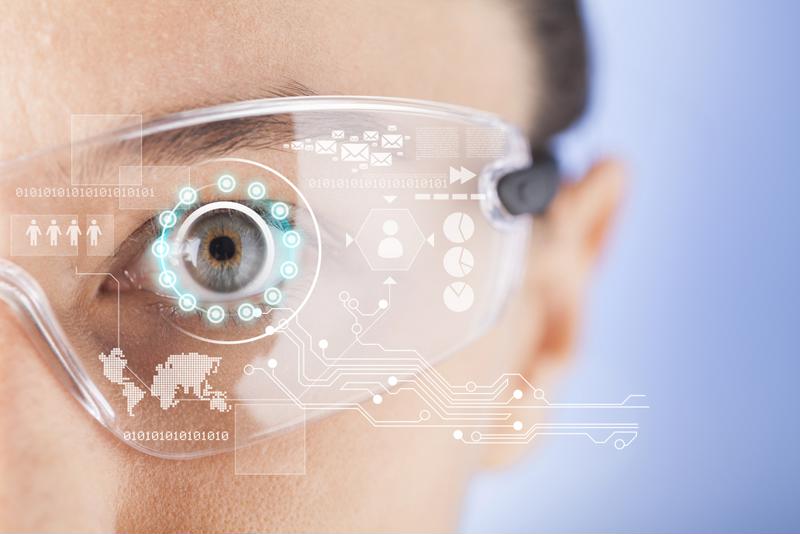As the realm of the internet of things grows, it is important to understand all aspects of the technology’s performance. Companies and industries that see only the benefits open themselves up to data breaches, public embarrassment and even legal action. IoT technology can boost productivity when done right but lead to costly and unnecessary expenses if utilized without proper foresight.
The possible downsides of exercise wearables
Employee wellness is a trend that is sweeping across industries. These initiatives have shown positive results, such as increasing worker morale and promoting healthy behaviors. One study from the Journal of Occupational and Environmental Medicine even found that employee wellness diet programs can reduce health risks.
To this end, exercise wearables, such as Fitbit, appear to make sense. These devices can track heart rate, body temperature, calorie consumption and sleep quality. Many come with a social aspect, as well, allowing co-workers to engage in friendly competition to see who is the most active within the office.
For many industries, these wearables have no real downside. However, employers should know that the data gathered by many fitness wearables can be used to track employee location. This vulnerability has been problematic, especially for those working for the U.S. armed forces. According to The Washington Post, several previously secret military bases were revealed when data gathered by GPS tracking company Strava was made public.
The U.S. army had been using these fitness wearables for their advantages without fully understanding how the technology could be exploited. Most commercial hardware is designed for ease of use and cost affordability. These traits are in part the reason why IoT has famously encountered cybersecurity concerns over the past several years.
For enterprises working with sensitive and classified materials, IoT wearables may have a downside. Outside parties, benign and malicious, can track employee movement, knowing more about workers than may be deemed safe.
 Augmented reality glasses can also potentially leak vital secrets, as they see and record all the employee does.
Augmented reality glasses can also potentially leak vital secrets, as they see and record all the employee does.Know where backup data is stored
Many IoT devices provide extra “eyes” on the field. Drones have been performing various types of reconnaissance missions for decades, whether for government contractors or farmers wishing to understand more about their soil. These unmanned aerial vehicles, or UAVs, are built to capture, transmit and store data.
While useful, drones have several serious cybersecurity concerns. They can be intercepted, and if so, their data is easily accessible. This risk is especially a problem for devices that back up information into themselves. A report from Syracuse University indicates that there are concerns that data stored on Chinese manufactured drones could be accessed by their government and would be out of U.S. control.
Using IoT devices has many advantages, but executives must always consider the full picture before implementation.
